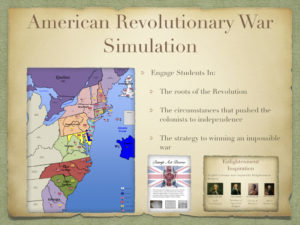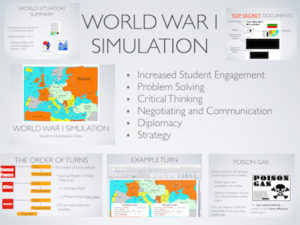S
Orientation Day 1
Today we talked about the strength of our troops, why this simulation is different from the WW1 Simulation. Now we need more resources oil, rubber, and iron, so we got to attack places that have natural materials. That’s our first strategy is to get raw materials for the war. If we don’t have have the right number of materials, our rating will dive down. for our troops, will stay weak, the more material the stronger we are. My thought process right now is for people I’m acquired with to get resources for our team so we have better chance of winning. The one mistake we made last simulation was that we didn’t put Germany ships around the U.S.A so France and Britain were bringing in troops and destroying us, Germany and A.H.
Germany 2 1939
Were starting to plan an attack on Poland. Japan is now starting to attack the Indies because of the resources. We exchanged resources so we can more advance. So far we won both wars for Nazi and Japan and we got a lot of rubber. We signed an alliance with the soviet union so we can keep peace with each other. My thoughts about the whole resource thing is pretty good, especially sharing and getting the best we can for war. I don’t think signing alliances is all to good, unless its a bigger army, but in this case we are the strongest country but we are stuck in the middle of 3 big countries. I just hope France, Great Britain, and Soviet Union don’t attack all at once even though Germany would have the way stronger army we could suffer major losses. I just hope countries are scared to try to take over the Germany
Germany 3 1940
Japan just took out SC China and it is like a cake wake going threw china. Japan troops have a rank of a good 9. They are basically unstoppable At this point were taking the map and basically painting it yellow. Japan just got defeated by Serbian troops helping China. Italy tried attacking French North Africa but we didn’t put enough troops in there to overcome the troops they put in. So 2 defeats so far. We also attacked NC China and Japan was victories. The USSR tried attacking Finland but Finland manage to somehow win surprising. People are basically really annoyed with us and people are getting erupted with their group. Someone actually left there group and came over by us. ‘Sweden’. I think Spencer is really getting in there head about how powerful we are but we really haven’t attacked anyone.
Germany 4 1941
We started an attack on Finland and Russia put 2500 and we put in 250. Holy cow did kill but in the long run they won us. We took them all the way down to 891 so that is really good on our side. I feel like everyone is getting irritated with our good troops and our annoying mouths. Now were attacking Poland and the other side seems to be giving up slowly. Now were going for Lithuania and everything is going out like a hot knife going threw butter. Now Japan is going threw Buma-GB and we just won. Everything is going with ease and now I want to go for U.S.A because overall they take us all in the long run. If we take them now they can’t help. Plus they got so much materials. Germany is now attacking Belgium for transportation for France. We won Belgium. We won again. We lost a thousand troops but we took out a lot of France and Great Britain Troops. The Eastern USSR attacked Japan – Manchukuo and Japan won. But they took major losses.
Germany 5 1942
So today we really made Norway mad because they allied with us and we had to attack Norway. The person who had Norway freaked out on us but oh well. She was able to get Russia to help her out but were gonna kill them one way or another. So at this point Japan took out China cause Japan troops are so strong. The U.S is gonna be big play later in this simulation because they are gonna kill Japan easily
Germany 6 1943
Today Japan took Serbia to begin with. Now Germany and a few other allied troops with us are taking Ukraine. We took Ukraine and now were trying to move threw the USSR. Japan just now attacked the Philippines and we overtook them. The weird thing is that they are starting to get hard and our troops seem to be weaker. At this point we taking over Russia because they have zero troops so were just sweeping.
Germany 7 1944
Today a lot of stuff went down. A lot. The allied sides are going crazy. It started out with the US taking a part of Japan then bam. Germany and Italy is making them suffer because of it. Russia really sucks, I feel bad for the guy operating it because all he did was lose, lose, lose. We are pushing, so get out of the way. Tomorrow is a big day. Like a really a big day. We takin France I think. The people from France are begging Italy not to take them because they need their objectives done. But I hope Italy gets threw that so we can take them. I wanna push straight threw them. The USA can’t really do anything because most of their U boats are sunk cause of Japan so they are really suppressed. Tomorrow sh!t is going down.
Germany 8 1945
So today is the last day and wow. We were about to attack France but then they attacked Belgium so we had the defending bonus. Big upset but Germany still pulled threw for the victory and now we’re attack France. Today was the finish. Our map wasn’t supposed to look like the way it looks now. The whole map should be red but its yellow. If they had more time they could possibly send more of US troops and eventually take over but they couldn’t. We stalled near the end so they couldn’t take back any of France. We moped threw people and it was so easy. I’m so glad Italy stood by our side for the finish because they’re the role changer in the game. If it weren’t for them we would of lost. But we mopped floors today. We mopped floors.



